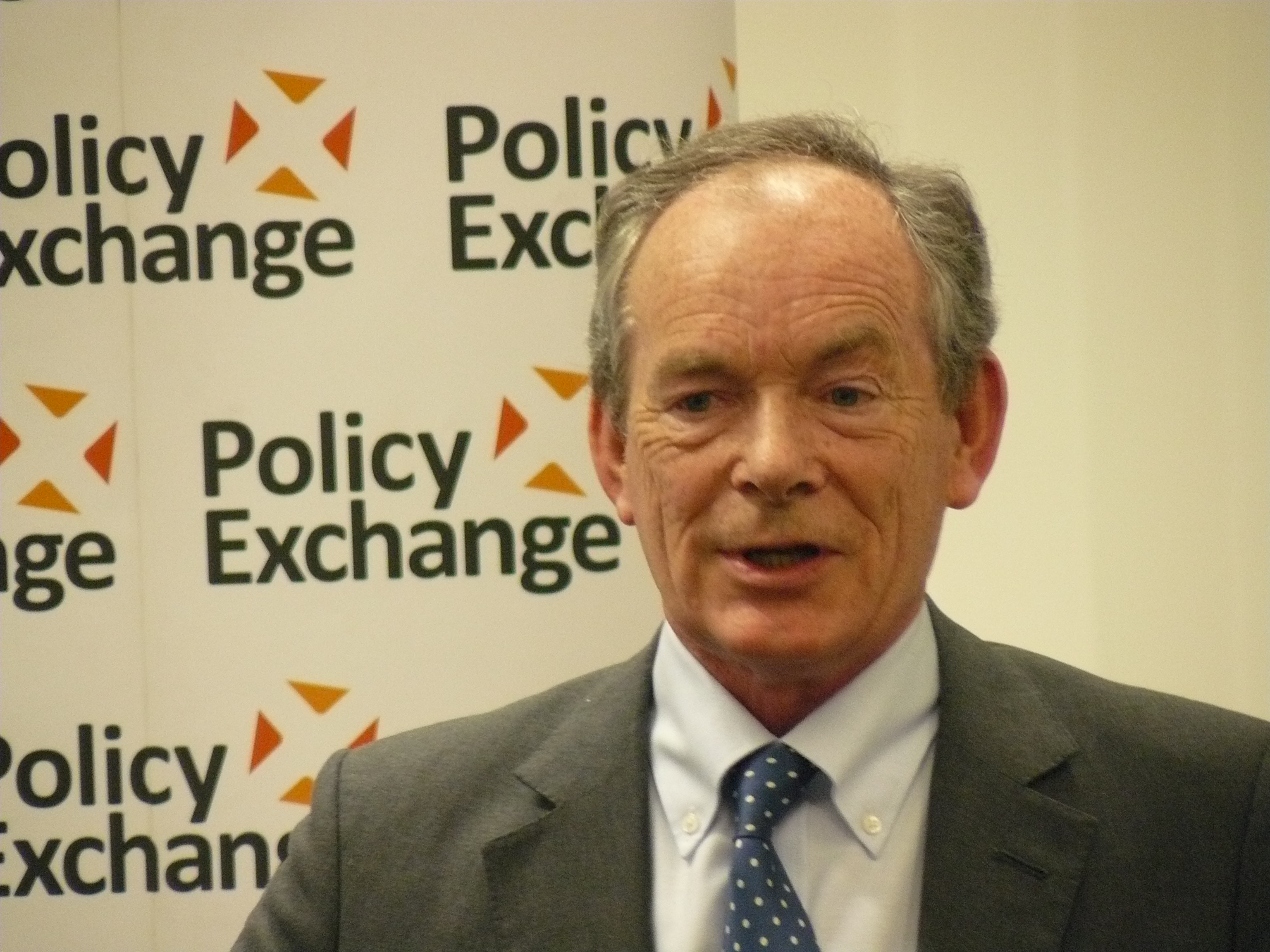OPINION

**SIMON JENKINS: YOUTH CENTRES MAY SEEM POLITICALLY TAME, BUT I'VE SEEN HOW THEY REDUCE CRIME**
Next week’s local elections will not be about bin collections or potholes. They will be a referendum on Keir Starmer, Kemi Badenoch, and Westminster’s stranglehold over British life. Local government—once the bedrock of community problem-solving—has been reduced to a hollow shell. The proof? Look no further than the collapse of youth services, and the crime wave this neglect has unleashed.
The Charity That Does What the State Won’t
In Camden, a volunteer-run youth club—operating from a church after council cuts shuttered public facilities—has achieved what £2.3bn in new prisons never could:
- 300 teenagers guided back to education after exclusion
- 205 completing mental health programs
- 231 knives surrendered
- 52 gang conflicts mediated
Yet such successes are vanishing. London has lost 30% of youth centres since 2010; nationally, two-thirds have closed. The result? A 67% spike in school exclusions post-pandemic—the single clearest predictor of future crime.
Why Prisons Over Prevention?
The government’s "tough on crime" agenda is a fiscal and moral disaster:
- £2.3bn for four new prisons to warehouse 14,000 more inmates
- Reoffending rates double Norway’s, where rehabilitation—not punishment—is the priority
- Refusal to regulate cannabis, leaving county lines gangs unchallenged
Meanwhile, youth services starve. This isn’t policy—it’s masochism.
The Great Centralization Heist
Westminster has systematically gutted local democracy, hoarding power over:
✔ Hospitals
✔ Schools
✔ Housing
✔ Even potholes
What’s left for councils? The "Cinderella services":
✖ Youth clubs
✖ Libraries
✖ Elderly care
✖ Rubbish collection
Austerity butchered these budgets—and no government has restored them. The consequences?
- 800 libraries gone
- Elderly care collapse overwhelming hospitals
- Youth work decimated, despite its proven crime-reduction effects
The Human Cost
Youth workers—the unsung heroes of the welfare state—operate where algorithms and ministerial diktats fail:
- They befriend the isolated before gangs do
- Offer alternatives to violence in a world where communal spaces (churches, pubs, playing fields) are disappearing
- Prevent crime at a fraction of prison costs
Yet their funding relies on donations and grit, not state support.
A Path Back to Sanity
1. Return funding and power to councils—let communities solve community problems
2. Divert prison billions to youth services—Norway’s 23% reoffending rate (vs. UK’s 48%) proves rehabilitation works
3. Legalize and regulate drugs—undercut gang economies
The Stakes
Britain faces a choice: Invest in youth clubs now, or prisons later. The closure of these spaces isn’t just bureaucratic—it’s a factory line for future criminals.
As one Camden youth worker told me:
"We’re not just saving kids. We’re saving the taxpayer millions. Why can’t Whitehall see that?"
Until Westminster relinquishes control and trusts localities again, the vicious cycle will only worsen. The ballot box next week may be silent on this crisis—but the streets won’t be.
---
By the Numbers:
🔴 1,243 council youth clubs closed since 2010
🔴 67% rise in school exclusions post-pandemic
🔴 48% of UK prisoners reoffend vs. **23%** in Norway
🔴 £2.3bn cost of four new prisons (price of 23,000 youth clubs)
Final Thought:
When the last youth club closes, don’t blame the kids who turn to crime. Blame the politicians who chose prisons over prevention.
"This represents a significant development in our ongoing coverage of current events."— Editorial Board









